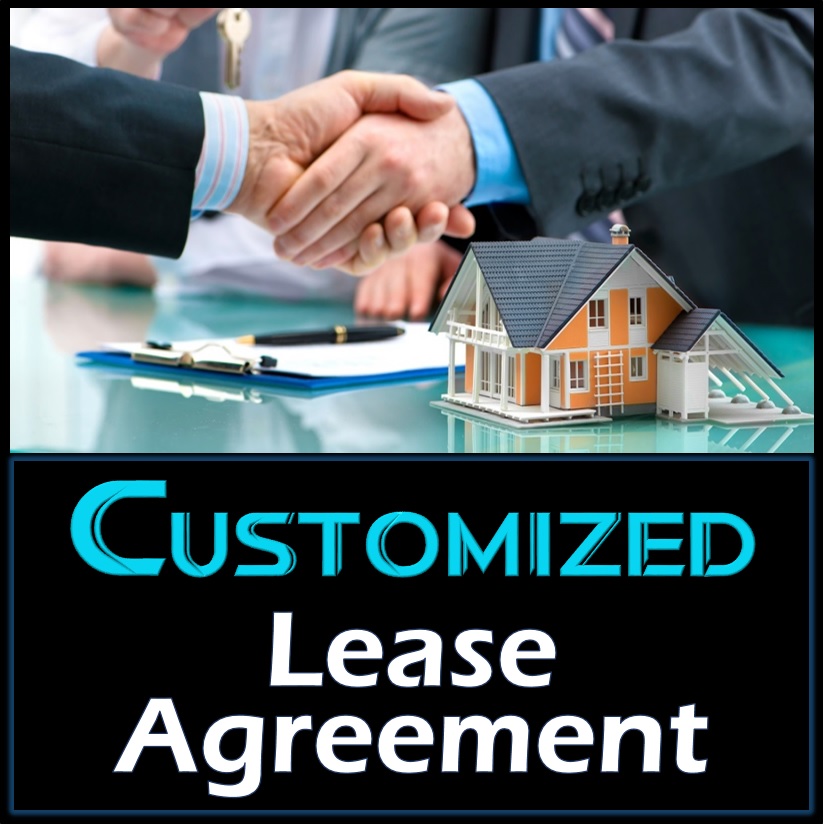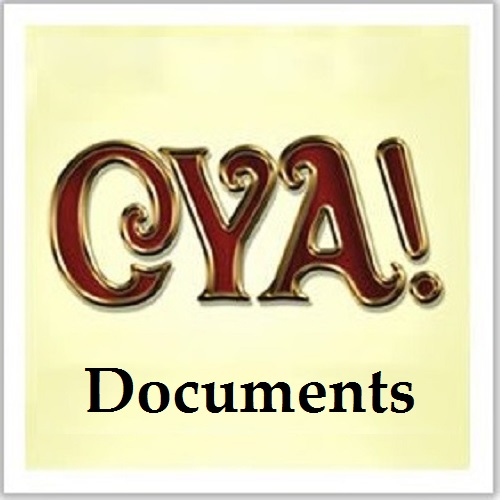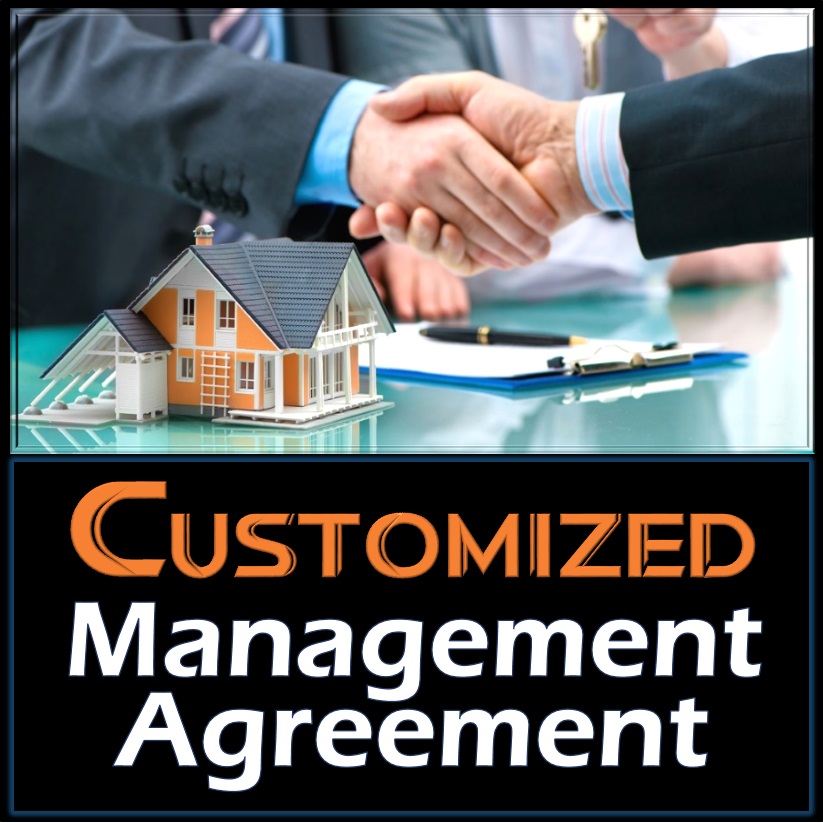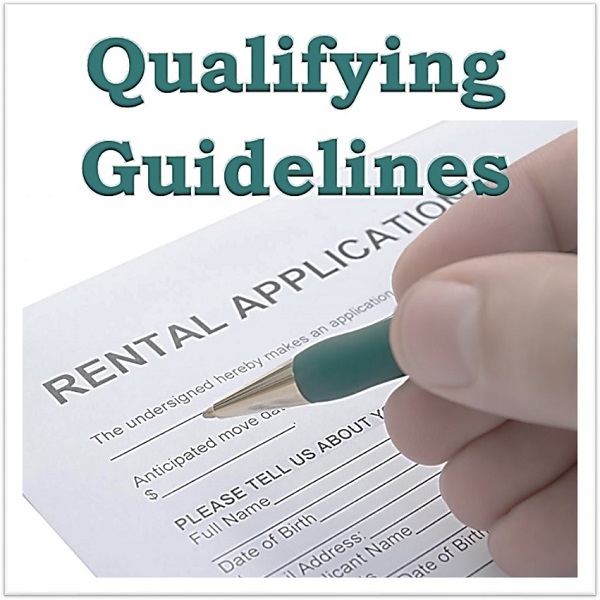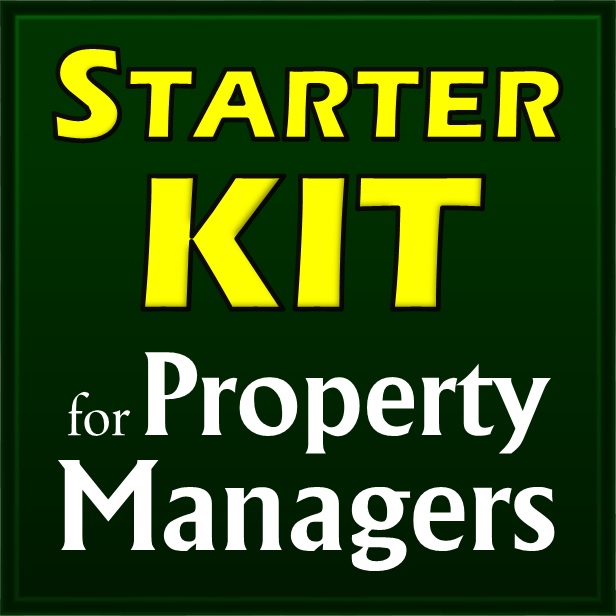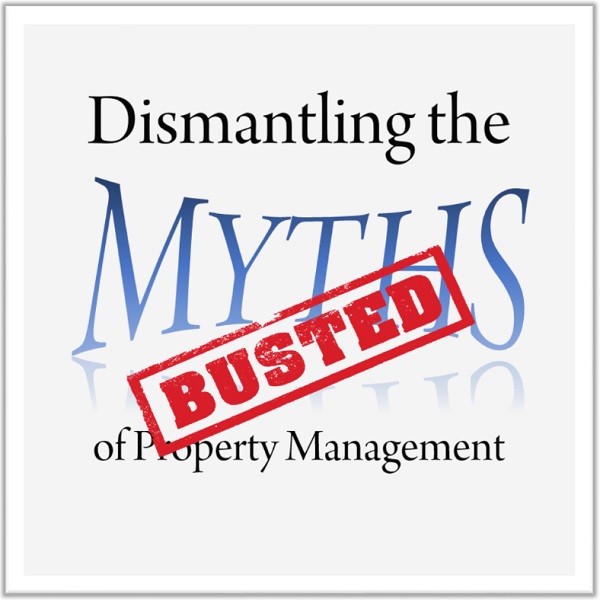Residential Rental Agreement
A fully editable lease document that you will add your name to, make some adjustments for fees and percentages, add your brand and be up and running in minutes. You would pay an attorney several thousand dollars to get this document and you still wouldn’t have all the writer’s experience and all the money-making ideas.
Instructions to Adapt the Residential Rental Agreement to Your Company: Another document to help you fill in the right information so your final agreement says exactly what you want. This document identifies 22 blanks to fill in so you don’t miss anything in the agreement to adapt it to your model.
Residential Rental Agreement with Instructor’s Notes: A full document filled in with instructor training notes after every paragraph (14 pages long) addressing each issue in detail.
You can download this Document Package 1-3 (package #1) by itself
$545.00Read more
(Subscribers get an additional 20% off)or bundle it up with other packages offered below.
View Bulk Pricing Below
There are 11 documents in Package # 2
4. Pet Exhibit -- Be sure every tenant signs a pet exhibit so every detail is covered on every lease. If they have a pet you want them to tell you breed, weight, color and name so they don’t sneak in a different one. You also want to remind them of the six things they need to do after move-out to get their deposit back. If they don’t have a pet you need to remind them of the costs, penalties and process you’ll go through if you discover a pet. Let them know there are serious penalties if they try to hide one from you.
5. Resident’s Maintenance Agreement -- Be sure to articulate exactly what maintenance the tenant is responsible for on every lease. This document address after hours maintenance, appointment stand up’s, flipping GFI switches, resetting garbage disposals, changing out all light bulbs and lots of other nickel-dime nuisance maintenance items. We’ve learned the precise balance between pushing off repair issues to them (which is illegal in many states) and holding them responsible for nuisance maintenance calls.
6. Move-in Checklist and Report Card -- The tenant signs a move-in inspection and this checklist. We want them to testify that the window locks work as do the door locks; the smoke detectors are working (they never check them); they got two keys and garage door openers. This has 27 items on it that we have messed up over the years and don’t want to mess it up again. We do 40 move-ins per month and we’ll get it wrong if we don’t have this checklist. It keeps growing as we continue to learn. This also serves as a report to the owner of any deferred maintenance that needs attention and documents both urgent and not so urgent needs.
7. Landlord vs. Resident’s Responsibilities Maintenance Chart -- Some tenants like visuals so we made up a chart of who is responsible for what. It’s all in the lease but no one reads the lease. This is something they can tape to their refrigerator to remind them of what they can call us for and what they need to take care of themselves. Like everyone else, we like it simple. This makes it simple.
8. Audit Checklist -- When you think a file is complete let a staff person fill out a checklist of documents that need to be in the file. Change this to fit your system but be sure to have one.
9. Mold, Mildew, Moisture Disclosure -- Pay close attention to this as it is the topic of tension and litigation. Make sure you’re on the right side of this and disclose, train, warn and follow up. This document is both a training piece and a CYA document for you regarding the claims of mold, what they have to do and how you’ll respond if they feel there is more than the normal moisture in the property.
10. Mold Information and Prevention -- This is an educational piece we give our residents to prepare them to deal with issues of mold. It prevents them from claiming mold the last month they are there or because they want a way out of the lease without paying the early termination fees. You want to be able to tell the judge “we did everything we could to prepare the resident to address these issues before they moved in.”
11. Official Notice of Approval -- You need an enforceable document that lets the tenant know they are approved. This identifies the start date; move-in date, rent, deposits, fees, utility companies and other critical data for the occupancy. It puts their deposit at risk and identifies what happens if they change their mind. If you get the lease signed immediately you probably don’t need this. We don’t get the lease signed until just before move-in so we use this to “lock them in” without having to sign the lease immediately.
12. Lead Paint and Flood Disclosure -- Houses built before 1978 often used lead paint which has been discovered to be toxic and a serious health hazard. Federal law requires that you have the owner and tenant sign this to disclose the presence of (or lack of) this poison in the home. The owner signs this document to reveal to you (and the tenant) any knowledge they have regarding any lead paint in their home. Copy the original the owner signs and have every tenant sign (a copy) before you move them in. Use the same original over and over. Just have the tenant sign a copy and keep it with other important tenant documents.
Pay close attention to this as it is the topic of lots of debates and litigation. Make sure you’re on the right side of this and disclose, train, warn and follow up. This document is both a training piece and a CYA for you regarding the claims of mold, what they have to do and how you’ll respond if they feel there is more than the normal moisture in the property.
13. Smoke Detector Release and Renters Insurance Disclosure -- This two sided document is CYA by introducing (and counting) the number of smoke detectors in the property and addressing renters insurance. You want to document that there are smoke detectors and remind them that “we provide them … you have to keep them with batteries.” You also want to remind them that the owner’s insurance doesn’t cover their personal belongings. We don’t require renters insurance but we do inform them of their need to get coverage. They sign this at move-in, documenting the discussion so they can’t blame us when all their stuff burns up in a house fire or gets stolen.
14. Utility Agreement and Property Visit Policy -- Clearly state the fines they pay if utilities are off at move-out or they leave a balance due with the utility company when they leave the property. Give them the utility company name and phone number to help them get service turned on before move-in. Outline your property visit policy including surprise visits when there is cause to believe there is a problem brewing.
You can download documents 4-14 (Package #2) by itself
$197.00Read more
(Subscribers get an additional 20% off)or bundle it up with other packages offered below.
View Bulk Pricing Below
There are 10 documents in Package # 3
15. Homeowner Association Agreement -- This is a big CYA document. If the HOA does something reckless like booting the tenant’s car because the owner hasn’t paid his dues or threatened to evict the tenant you need to be protected from litigation. The owner will ignore the HOA to get it leased and you’ll deal with the battles when the HOA wakes up to the reality that there is a new tenant in the community. You want the tenant giving you a hold harmless agreement when the HOA can’t open the pool or tennis courts because not enough owners have paid their dues. You need to protect yourself against the possibility of being sued for constructive eviction, wrongful dispossessory, loss of quiet enjoyment or harassment by the HOA. Tenants want to blame you for everything no matter whose fault it really is. Protect yourself.
16. Roommate Agreement -- When three guys want to move in together make sure you get them on a separate document outlining your requirements for roommates. Remind them that you’ll only take one rent check (not three) and that you’ll only cut one check back to them after move-out. Make sure you disclose that you’ll go after the one with great credit no matter who trashed the property. Let them know up front that you’ll never drop anyone off the lease whether they still live there or not. Roommates love each other when they move in but like other community efforts they go astray more often than you think.
17. Hot Tub Exhibit to Lease -- The last thing you want is to suggest to a tenant that the hot tub will stay hot or keep working. Disclose your lack of knowledge with hot tub maintenance and your general unfamiliarity with how they work. Put the entire burden on them and warn them about the dangers of it getting to hot and someone getting burned. You may even require they get renter’s insurance with you (and the owner) as additional insured. See our document on the owner sign up documents for the other side of the hot tub issue.
18. Limited Power of Attorney -- Often only one tenant will be able to attend the move-in inspection or will not be around to sign the lease. For many reasons you need to get comfortable completing a POA. One tenant can sign for the other tenant if you have a POA. We use them often. You just email this document to them, they fill it out (or you fill it out in advance), they print, execute, get a notary and you’re up and running. This is a very common document and you’ll find lots of uses for it. This is not the practice of law so don’t let your broker or attorney talk you out of it. It’s just filling in the blank like you do on every lease or sales contract. It’s a standard operating document for property managers.
19. Personal Property Schedule -- When the owner leaves behind their lawn furniture, pool table, lawn tractor, counter top microwave you need a form to list everything and language that has the tenant promising to leave it behind when they leave. They won’t, but you need to make a stab at it to impress your owner. There is little you can do to protect the owner from this stuff growing legs and walking away but the owner wants you to make an effort. This document fulfills that duty to the owner.
20. Move me in even though the property is not ready for occupancy -- Occasionally the house is not clean enough, repairs have not been completed, carpets didn’t get clean enough or the handy man (or owner) didn’t clean up his mess. Some tenants want to hold your feet to the fire for five years and remind you what a bad job you did at move-in. This document takes all the air out of them by saying “you shouldn’t take this property now. Let’s retry this inspection in a couple of days so we can get this right.” Many can’t wait and will press to take it “as is”. This document says “you’re recommending they not take it today, but wait, and let us make it right.” Sometimes they must have possession today, and will agree to ‘not hold it against you.’ This is “the moving van is in the street and I’ll take it anyway” document to cover the manager. This document is a result of getting beat up many times when we let people take a property that is not ready.
21. Military Exhibit -- When you know the tenant is military, or works for a military support company, and qualifies for a military out clause in their lease, you want to make sure they don’t take advantage of that federal out privilege. They have requirements to fulfill and just saying “I’m being transferred and you can’t hold me to the lease” doesn’t cut it. This document lays out the rules for military release of tenancy without your giving up your rights.
22. Guarantee of Payment (Co-signor Agreement) -- When there is a co-signor you need a document for them to sign promising to pay what the tenant left owing when they move out. This is their personal guarantee for the tenant’s obligations on the lease. We have made lots of mistakes with this idea over the years and now have it down pat. We get co-signors on about 20% of our leases and it works like a charm. Don’t reinvent the wheel. Let our mistakes make it easier for you.
23. Security System Disclaimer -- When a tenant previews a property and sees a security system it is reasonable that they expect it to be up and running when they move in, and that it is included in the rent. You need to dispel that expectation and protect yourself from the liabilities of what happens if it fails. This is a CYA document letting the tenant know that it is their responsibility to deal with the monitoring system and the cost belongs to them. You are not making any representations as to its reliability, its functionality or its cost. You know nothing, see nothing and they agree to hold you harmless if the system does not function properly.
24. Security Deposit Promissory Note -- We often get more than one month’s rent as a security deposit. Depending on their credit we will agree to take installments on some of that deposit. We did it badly for many years and struggled with getting judges to enforce our documents. We finally went to our attorney and paid to get it right. Now we are able to enforce this document and evict for failure to pay as agreed. It’s not 100% but we are successful 85% of the time. Taking installments on the deposit probably needs the owner’s approval depending on your model.
You can download documents 15-24 (Package # 3) by itself
$127.00Read more
(Subscribers get an additional 20% off)or bundle it up with other packages offered below.
View Bulk Pricing Below
The video is great for office training, and the audio is great for listening through a personal phone.
$77.00Read more
(Subscribers get an additional 20% off)or bundle it up with other packages offered below.
View Bulk Pricing Below
All four packages bought separately total $ 1,397.00 but you can save $ 502.00 and get the bundle for $ 895.00 plus subscribers get another 20% off bringing the price down to $ 716.00 (yes, we will consider installments)
$895.00Read more
(Subscribers get an additional 20% off)View Our Expanding Line of Products
This is the part of our site where all the products, resources, videos, forms, manuals, handbooks, customized management agreements and leases, money-making ideas, CYA protections, checklists, service animal/comfort pet training and all you’ll ever need to run a safe and profitable management business. This is the “Mother Load”.
It will take us six to twelve months to get it all posted, and we’ll keep posting more as time goes on, but there will be more than you can digest before the end of the year. I’ve been digging through our 35 years of document archives and there’s more than I thought.
If you register we’ll send you notices as we post things so you’ll know what’s there and where to look for it.


